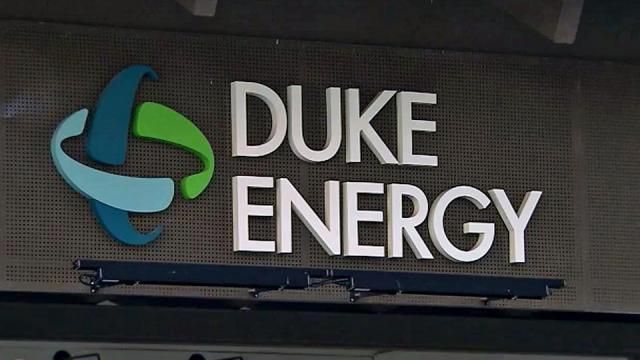Your power bill is more expensive, in part, because Duke Energy is changing the way it delivers electricity.
Duke Energy is transitioning away from fuel sources like coal, but also looking at how they weave in other energy sources.
Duke Energy recently got approval for rate increases across the state.
The North Carolina Utilities Commission gave the ok to raise rates on Duke Energy Carolinas customers by 8.3% starting Jan. 15, 2024. Just a few months earlier, the commission allowed a rate increase of 5.8% on Duke Energy Progress customers starting Oct. 1, 2023.
Customers under both Duke branches will see additional rate increases of more than 3% each of the next two years.
So, how exactly is Duke Energy using customers’ money to change how it delivers electricity?
WRAL 5 On Your Side traveled to Duke’s Emerging Technology Office research facility just outside Charlotte where the utility is testing how new technologies can be incorporated into the power grid.
Take solar power for example: not a new technology, but researchers are trying to make it more efficient.
“The efficiencies are getting better as the processes and panel development get better, so were going from 10%-5% efficiency to almost 20%,” Technology Development Director Rodney James told us.
Better solar panel efficiency means storage batteries can be charged quicker. That would benefit Duke Energy and customers in a pilot program like the one just launched called PowerPair.
Duke Energy offers customers up to $9,000 in incentives if they give Duke access to their solar battery storage system.
Another technology being tested is microgrids. That’s made up of an energy source (like solar) paired with battery storage, that kicks in to give a home power during an outage.
“So, if you’re a person who might have a medical device chair or a bariatric unit in your own home, a loss of power can be a problem,” James said. “A microgrid is a great option.”
On a larger scale, it could even help prevent outages in entire communities.
“They can also work in applications where we might see quite a bit of usage on the grid so for us to avoid some of those larger impacts, we could actually shift a group of customers to a microgrid to avoid some of those peaks,” explained James.
A lot of the battery systems at this facility are available now, although they can get pricey. What Duke Energy is testing is looking five-to-10 years down the road, examining how the tech works with the grid and how can it be offered to customers in a way that’s appealing and potentially cost saving.
Improvements to the grid already come at our expense.
When Duke has asked the North Carolina Utilities Commission to raise your electric rates, that’s one of the reasons they cite, and it’s not expected to stop.
“It’s an ongoing process,” said Duke Energy Spokesperson Bill Norton when we asked him about improving the grid. “The grid’s going to keep evolving with technology.”
And keep evolving because it has to.
In 2021, North Carolina House Bill 951 directed Duke to reduce carbon emissions 70% by 2030 and reach net zero by 2050. That means closing down coal plants and finding new sources of energy.
“Those upgrades cost money, but they have customer benefits as well,” Norton said.
WRAL and 5 On Your Side frequently get emails and calls about high utility bills, so we also asked Duke Energy about current and new programs that can save customers money right now.
They recently launched a new pilot that is exclusive to Wake County called “Improve and Save.”
That program lets customers pay for energy efficiency upgrades through their Duke Energy Bill, according to a spokesperson.
It incentivizes replacing inefficient electric HVAC systems or insulation in a way that makes savings greater than the cost of the upgrades.
Something else customers can sign up for is Flex Savings Option.
This offers lower rates for using electricity when demand is lower.
For instance, running a dishwasher overnight or doing laundry on weekends could save you on your bill.
There’s also the Customer Assistance Program that reduces bills for vulnerable customers for a year.

